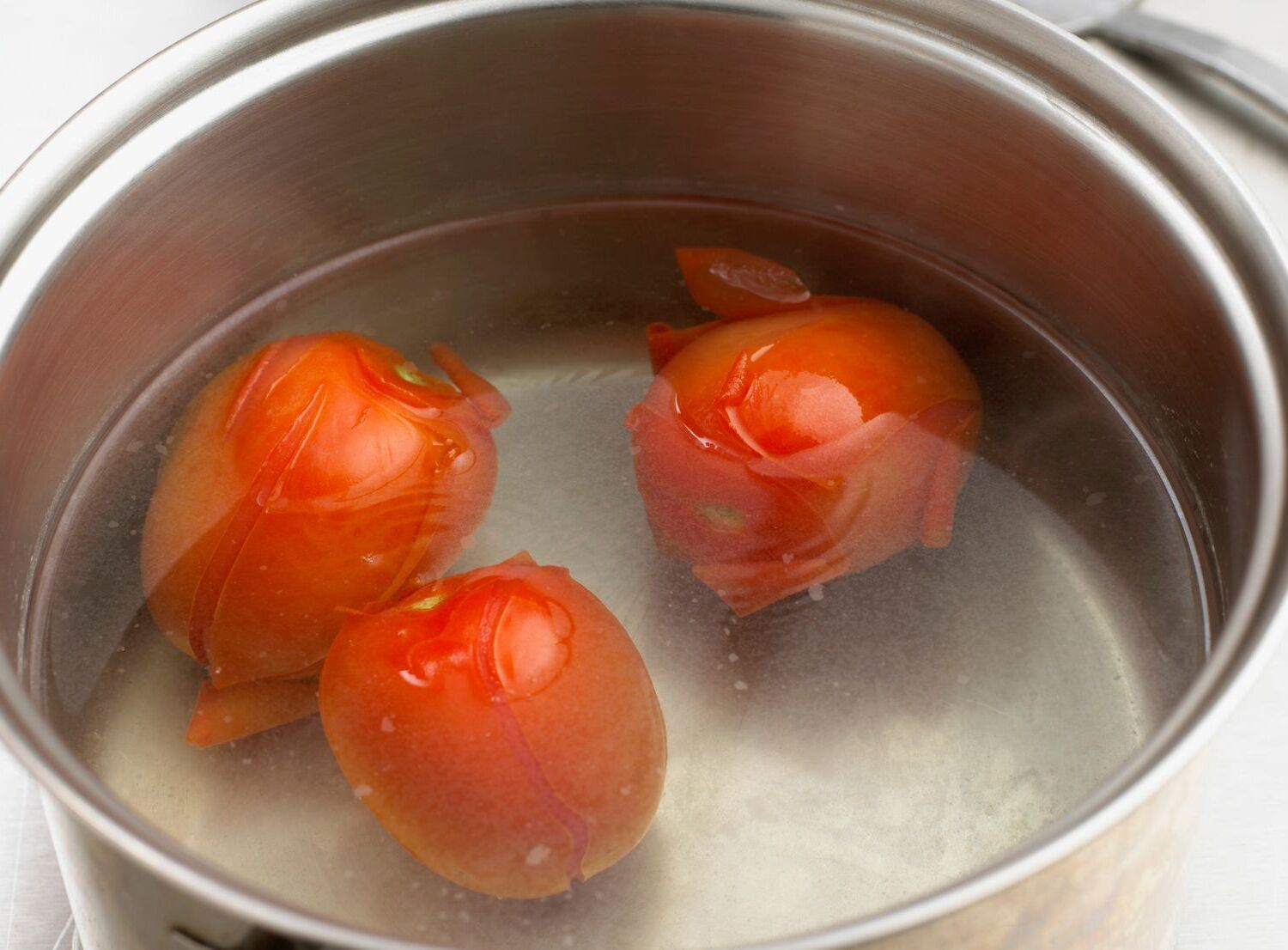
Blanching is a cooking technique that involves briefly boiling food, then plunging it into ice water to halt the cooking process. This method is often used to preserve the color, texture, and nutritional value of vegetables. But why should you care about blanching? Blanching can make your veggies taste fresher, look more vibrant, and last longer. Whether you're prepping green beans for a holiday feast or freezing spinach for smoothies, this technique is a game-changer. Plus, it can help remove the skins from fruits and nuts, making your kitchen tasks easier. Ready to learn more? Let's dive into 29 facts about blanching that will transform your cooking skills!
What is Blanching?
Blanching is a cooking process where food, typically vegetables or fruits, is briefly boiled and then plunged into ice water. This method helps preserve color, texture, and nutritional value. Let's dive into some fascinating facts about blanching.
Benefits of Blanching
Blanching offers numerous advantages, making it a popular technique in kitchens worldwide.
- Preserves Color: Blanching helps maintain the vibrant colors of vegetables by deactivating enzymes that cause browning.
- Retains Nutrients: Brief boiling followed by rapid cooling locks in essential vitamins and minerals.
- Improves Texture: This process softens the outer layers of food, making it tender yet crisp.
- Enhances Flavor: Blanching can reduce bitterness in certain vegetables, making them more palatable.
- Eases Peeling: Tomatoes and peaches, for instance, become much easier to peel after blanching.
- Reduces Microbes: Brief boiling kills bacteria and other pathogens, making food safer to eat.
- Prepares for Freezing: Blanching vegetables before freezing helps maintain their quality and shelf life.
How Blanching Works
Understanding the science behind blanching can help you master this technique.
- Enzyme Deactivation: Blanching stops enzymatic actions that cause loss of flavor, color, and texture.
- Cell Wall Softening: Heat softens the cell walls of vegetables, making them more digestible.
- Shock Cooling: Plunging food into ice water immediately halts the cooking process, preserving texture and color.
- Water-Soluble Nutrients: Some vitamins, like vitamin C, are water-soluble and can be lost during blanching. Quick cooling helps minimize this loss.
- Blanching Time: The duration of blanching varies depending on the type and size of the vegetable or fruit.
- Boiling Water: Always use a large pot of boiling water to ensure even blanching.
- Ice Bath: An ice bath is crucial for stopping the cooking process and preserving the food's quality.
Common Foods Blanched
Certain foods benefit more from blanching than others. Here are some common examples.
- Green Beans: Blanching green beans keeps them crisp and bright green.
- Broccoli: This method helps broccoli retain its vibrant color and firm texture.
- Carrots: Blanched carrots are tender yet still have a slight crunch.
- Peas: Blanching peas preserves their sweet flavor and bright green color.
- Tomatoes: Blanching makes peeling tomatoes a breeze, perfect for sauces.
- Peaches: This technique helps remove the skin easily for canning or baking.
- Asparagus: Blanching asparagus keeps it tender and bright green.
Blanching Techniques
Different techniques can be used depending on the food and desired outcome.
- Water Blanching: The most common method, involving boiling water and an ice bath.
- Steam Blanching: Steaming food over boiling water preserves more nutrients but takes longer.
- Microwave Blanching: Quick and convenient, though not suitable for all foods.
- Oil Blanching: Used primarily for potatoes and other starchy vegetables before frying.
Tips for Successful Blanching
Follow these tips to ensure your blanching process is effective.
- Use Fresh Produce: Fresh vegetables and fruits yield the best results.
- Don't Overcrowd: Blanch in small batches to ensure even cooking.
- Monitor Time: Over-blanching can lead to mushy vegetables; under-blanching won't deactivate enzymes.
- Dry Thoroughly: After blanching and cooling, dry the food thoroughly before freezing or further cooking.
Blanching is a simple yet powerful technique that can elevate your cooking. Whether preserving vegetables for later use or preparing them for a meal, these facts will help you blanch like a pro.
Final Thoughts on Blanching
Blanching isn't just a cooking technique; it's a game-changer for preserving flavor, color, and nutrients in vegetables. By briefly boiling and then plunging veggies into ice water, you lock in their goodness while making them easier to peel and more vibrant. This method also helps in reducing bitterness and softening tough skins, making your dishes more enjoyable. Plus, blanching is a fantastic way to prep veggies for freezing, ensuring they stay fresh for longer periods. Whether you're a seasoned chef or a home cook, mastering blanching can elevate your culinary skills and make meal prep a breeze. So next time you're in the kitchen, give blanching a try and see the difference it makes in your dishes. Happy cooking!
Was this page helpful?
Our commitment to delivering trustworthy and engaging content is at the heart of what we do. Each fact on our site is contributed by real users like you, bringing a wealth of diverse insights and information. To ensure the highest standards of accuracy and reliability, our dedicated editors meticulously review each submission. This process guarantees that the facts we share are not only fascinating but also credible. Trust in our commitment to quality and authenticity as you explore and learn with us.


